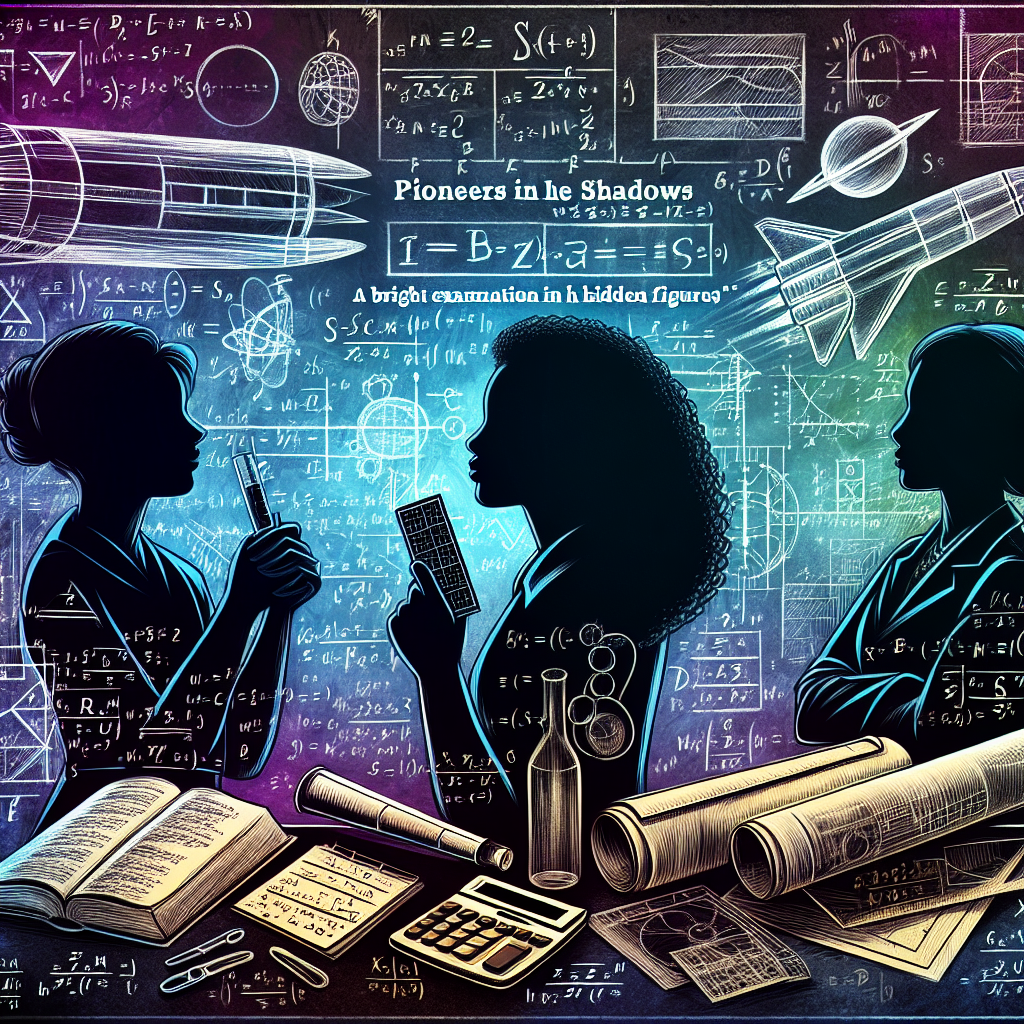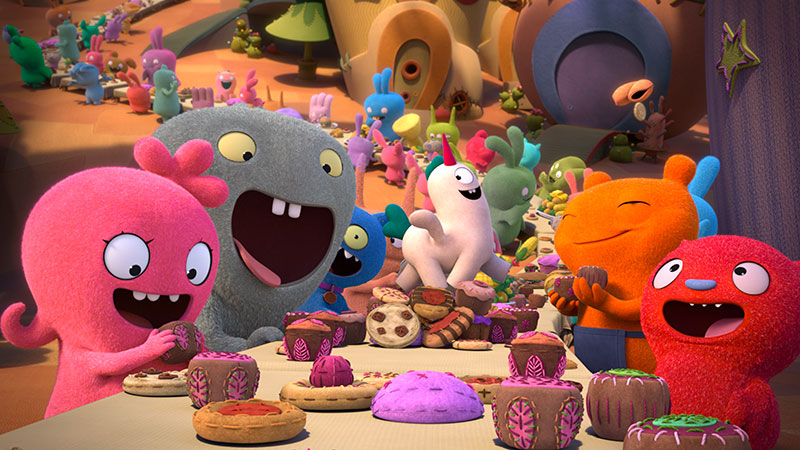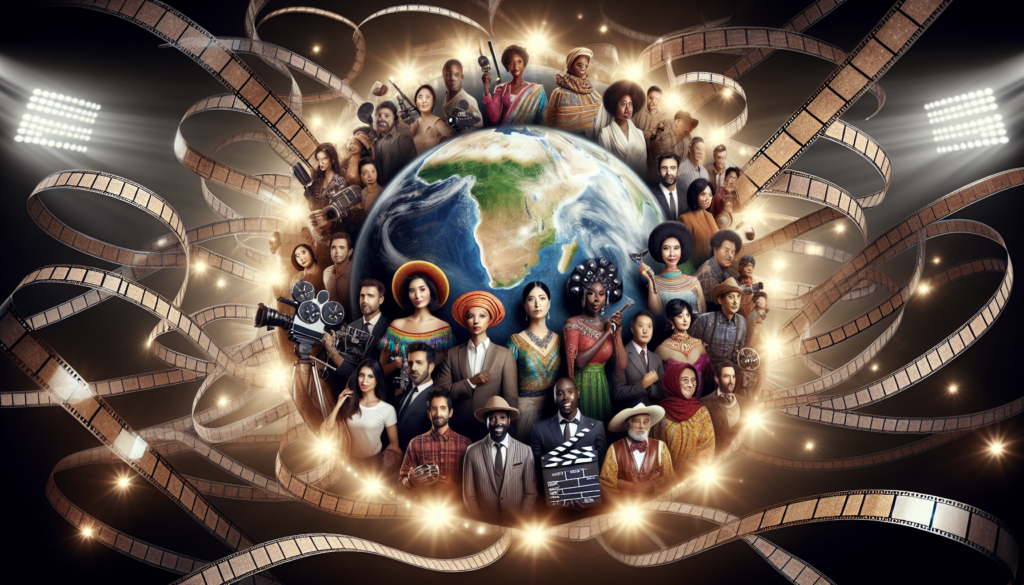‘Hidden Figures’ (2016), directed by Theodore Melfi and based on the book by Margot Lee Shetterly, is an invigorating account that celebrates the unsung female African-American mathematicians who played a pivotal role in NASA space race during the racially charged era of the 1960s. It shines a much-needed spotlight on three inspiring, brilliant, and determined women: Katherine G. Johnson, Dorothy Vaughan, and Mary Jackson.
From the moment the film opens, it excels in creating a vivid atmosphere of both racial tension and scientific innovation. The very core of the story revolves around three highly educated African-American women who are pushed to the periphery, consigned as mere “coloured computers.” It is a powerful and forgotten piece of history that Melfi brings to light, breaking the monotony of primarily white, male-dominated space race narratives.
The film strikes a perfect balance between exposing the cruel realities of racial segregation and celebrating the strength and resilience of these women. Taraji P. Henson plays Katherine G. Johnson with a grace and diligence that speaks volumes about her dynamic persona. The scene where she, soaked in the rain, lashes out about not having a bathroom to use due to racial segregation, will leave audiences gripping their seats. Henson’s portrayal is filled with quiet dignity and fervour, an inspiring contrast to the oppressive circumstances surrounding her.
Octavia Spencer’s portrayal of Dorothy Vaughan, the unofficial supervisor of the African-American computing group, is simply compelling. Her fight to provide her team with job security and earn real recognition for her work is a vital narrative thread. This is especially powerful in a scene where Vaughan takes her team to an empty library room and teaches them FORTRAN, allowing them this knowledge and empowerment to claim their rightful place in NASA’s future.
Finally, the portrayal of Mary Jackson (Janelle Monae), the aspiring engineer tirelessly fighting for her right to continue her education in an all-white school, is exceptional. Monae effectively communicates the struggle, frustration, and determination of Jackson in her pursuit of professional equality.
‘Hidden Figures’ also deserves applause for impeccably illustrating the nexus between math and space exploration, a challenging task that it undertakes with invigorating ease. The film presents complex calculations as an exciting race against the clock that even the math-averse viewer can appreciate.
The cinematography and set design is enchanting, particularly in scenes that show NASA’s high-contrast, sterile labs bathed in stark whites and greys. It strikingly contrasts with the warmth of the scenes involving the women’s domestic lives and cherry-coloured IBM computers. The 60s era aesthetic adds to the authenticity, drawing the audience deeper into the time period.
While the focus is undeniably on the leading ladies, the supporting cast adds depth and character to the narrative. Kevin Costner, as kindly mission leader Al Harrison, is particularly effective in a scene where he takes a crowbar to the “coloured” restroom sign.
That being said, the film does occasionally drift into the realms of Hollywood sentimentality. Some events and characters are somewhat embellished for cinematic convenience, such as Jim Parsons as a character that embodies opposition and bias. Yet, these are minor distractions in an otherwise skillfully constructed film that does justice to its subject matter.
‘Hidden Figures’ presents a powerful and resonating message about perseverance, justice, and equality. It captures how extraordinary these women were, not only as highly skilled mathematicians but as pioneers in a racially and gender divided nation. And it does so with aplomb.
Underneath its scientific jargon and numbers, ‘Hidden Figures’ is essentially a bright examination of the age-old battle against prejudice and discrimination. It not only acquaints us with the unsung heroes of the space industry but also reemphasizes the need to acknowledge and appreciate those who are often lost in the shadows of history. In conclusion, ‘Hidden Figures’ is a must-watch, not just as a film, but as an awakening call to the true power of perseverance and intellectual might.




